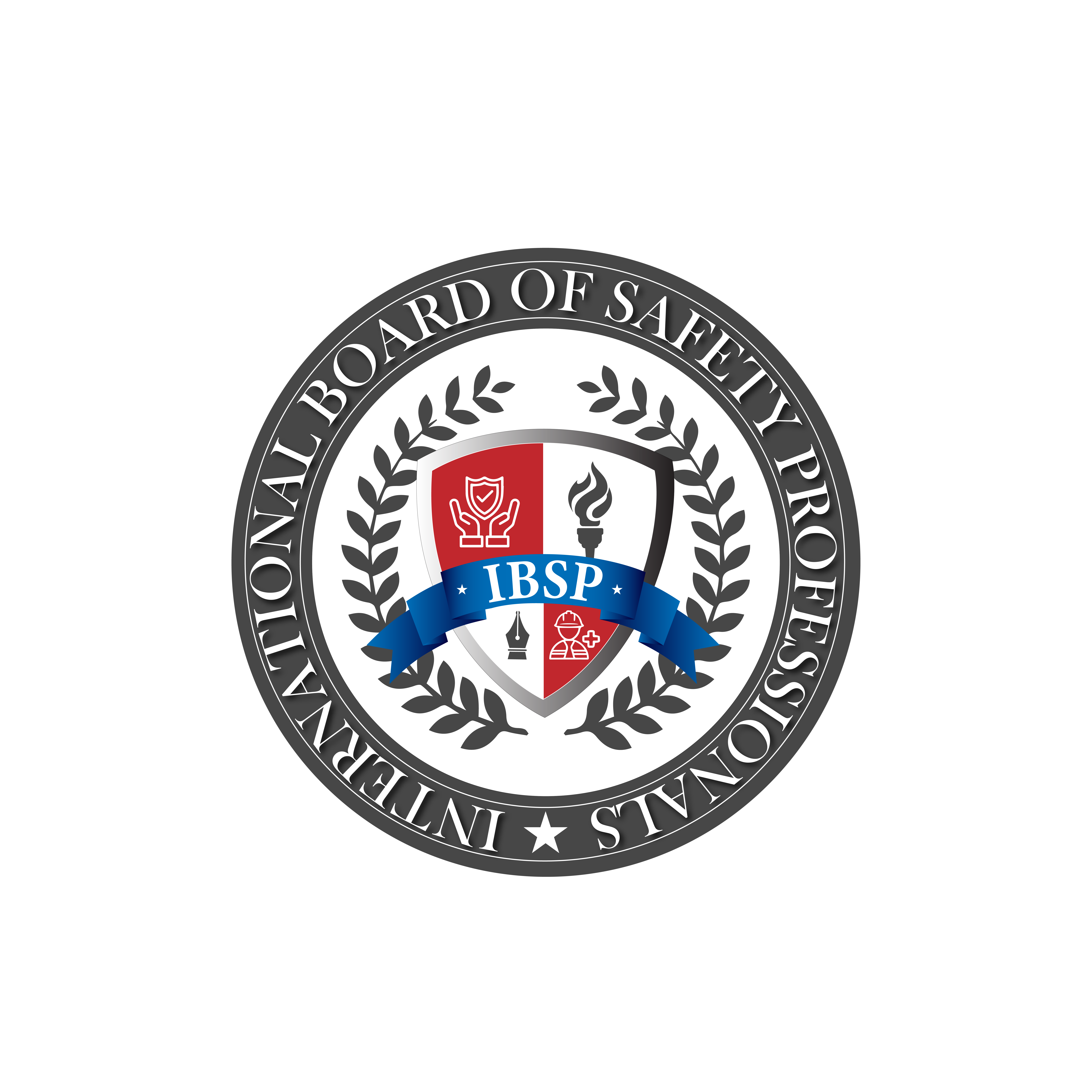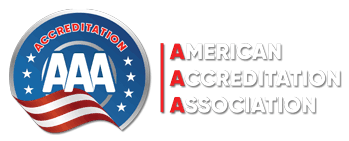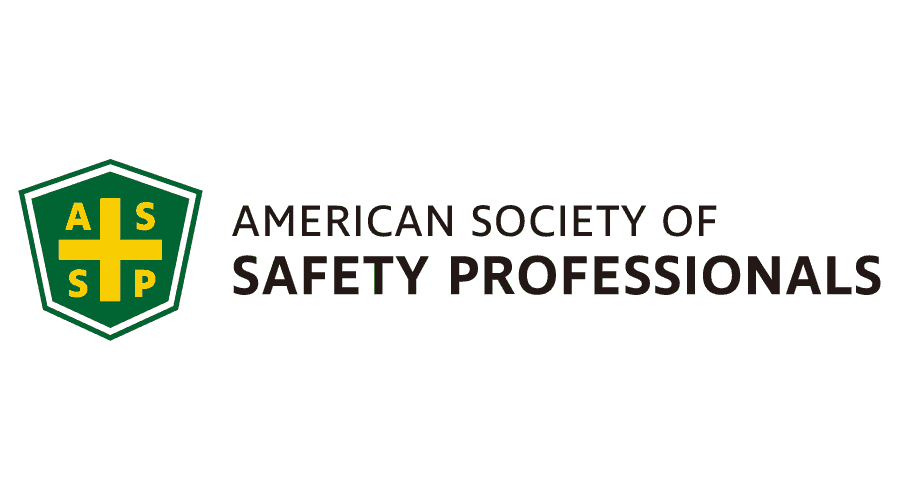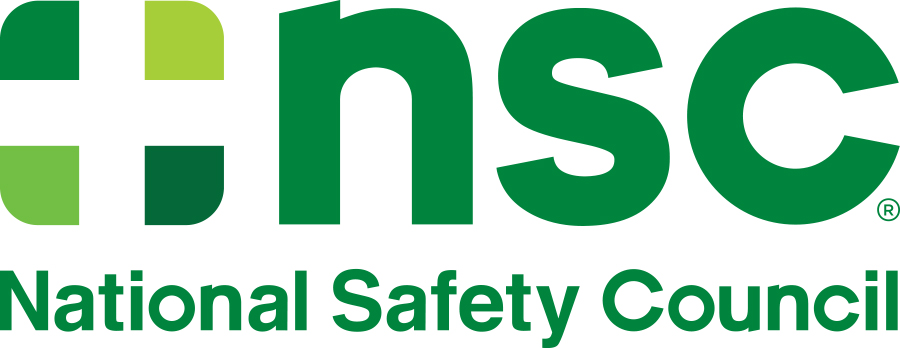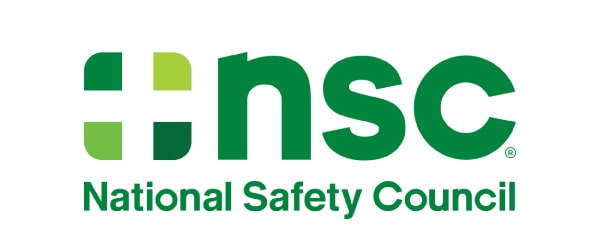IBSP Diploma in Occupational Health and safety Supervisor
Details About IBSP Diploma in Occupational Health and safety Supervisor
Course Overview:
The IBSP Diploma in Occupational Health and Safety Supervisor is designed to equip supervisors with essential skills to oversee and promote safe working practices within their teams. This program offers practical insights into hazard identification, risk control, and accident prevention at the supervisory level, focusing on creating a safer workplace through daily oversight and effective communication.
Throughout the course, participants learn how to conduct basic risk assessments, implement control measures, and ensure compliance with occupational safety laws and regulations. Additional modules cover emergency response, safe equipment handling, and communication strategies for reinforcing a safety culture among team members. Supervisors are trained to identify unsafe practices, enforce safety protocols, and support health and safety policies in alignment with organizational standards. By the end of the program, graduates are well-prepared to manage safety-related responsibilities on-site, fostering safer environments and reducing incidents at the operational level.
Course Modules:
- HSS-031 Module 1 : Foundations of Occupational Health and Safety Supervision
- Introduction to key concepts and principles of occupational health and safety (OHS).
- The role and responsibilities of a safety supervisor.
- Overview of workplace hazards and risk assessment basics.
- Legal and regulatory frameworks governing OHS.
- RAH-032 Module 2 : Risk Assessment and Hazard Control
- Techniques for identifying workplace hazards.
- Conducting risk assessments and evaluating potential impacts.
- Implementing effective hazard control measures.
- Monitoring and reviewing control measures to ensure effectiveness.
- SMS-033 Module 3 : Safety Management Systems
- Introduction to OHS management systems (OHSMS).
- Key components of an effective OHSMS.
- Developing and implementing safety policies and procedures.
- Auditing and continuous improvement of safety systems.
- IIR-034 Module 4 : Incident Investigation and Reporting
- Procedures for investigating workplace incidents and near misses.
- Root cause analysis and corrective action planning.
- Effective reporting and documentation of incidents.
- Learning from incidents to prevent future occurrences.
- EPR-035 Module 5 : Emergency Preparedness and Response
- Developing and implementing emergency response plans.
- Supervising emergency drills and training.
- Coordinating with emergency services and first responders.
- Managing emergency situations and ensuring workforce safety.
- SIA-036 Module 6 : Workplace Safety Inspections and Audits
- Planning and conducting safety inspections.
- Identifying non-compliance and areas for improvement.
- Reporting findings and recommending corrective actions.
- Follow-up and re-inspections to ensure compliance.
Who Needs IBSP Diploma in Occupational Health and safety Supervisor ?
- Team leaders and supervisors in various industries.
- New or aspiring safety supervisors.
- Individuals responsible for enforcing safety guidelines at the team level.
- Workers in high-risk industries, including construction, manufacturing, and logistics, who want to expand their safety knowledge.
What Are the Benefits of IBSP Diploma in Occupational Health and safety Supervisor ?
- Gain the skills to identify and address workplace hazards.
- Learn methods to enforce safety protocols within teams.
- Improve ability to conduct basic risk assessments and manage incidents.
- Enhance career potential in health and safety supervisory roles.
- Strengthen understanding of legal and regulatory safety standards.
Assessment Systems:
The assessment structure includes:
- Practical assignments and risk assessment exercises.
- Scenario-based case studies to test application of safety protocols.
- A final examination to evaluate comprehensive knowledge.
Course Duration:
The program is designed to be completed in 3-6 months.

